Gray fruits are an interesting mix of common and exotic varieties that share some gray characteristics, either in their outer skin, flesh near the seed, or the seeds themselves.
Gray fruits come in various shades of gray, blue-gray, and silver. They range from commonly known varieties, like blueberries, to more obscure species, such as the stink currants.
The gray color of some fruits is due to anthocyanins and tannins. Gray coloration can also be influenced by environmental factors like sunlight and soil conditions, and it can change with the fruit’s ripening process.
These gray food items are enjoyed for their range of flavors, from sweet to tart, and have multiple uses in the kitchen, whether eaten fresh, used in desserts, or preserved for later enjoyment.
Hey there! Ready for something cool? I’m about to show you some of the weirdest gray fruits from around the globe. And, as a bonus, I’ll let you in on some gray vegetables you might run into.
Let’s get going!
10 Gray Fruits with Filters
Here are 10 gray fruits, listed by how popular they are. You can also use a filter to find out which which ones are unusual, which can be eaten as vegetables, and which ones are good for making dishes, drinks, or adding a decorative touch to your dishes.
Charleston Gray Watermelon
- For Beverages
- For Dishes
- For Garnish
Charleston Gray watermelon is a type of watermelon known for its elongated fruits and a distinctive, hard, gray-green rind. This variety is native to the United States, specifically developed in Charleston, South Carolina.
The flesh inside is a vibrant red, known for its sweet and juicy taste, making it a summer favorite. Charleston Gray watermelons have a few famous variations, including smaller or seedless versions.
These watermelons are typically in season from late spring through summer. Their thick rind makes them particularly transportable and durable, contributing to their popularity across the United States.
The most common method when eating a Charleston Gray is to slice the melon into wedges. Beyond fresh consumption, it’s also used in salads, smoothies, and desserts.
European Plum
- Exotic
- For Beverages
- For Dishes
European plum is a type of fruit that belongs to the family of stone fruits. The skin of the European plum can range from deep purple to a bluish-gray, giving it a somewhat gray appearance when it’s the bluish-gray variety.
This fruit is native to Europe and parts of Asia and is widely cultivated globally across temperate regions. European plums are known for their sweet to tart flavor, depending on the variety, and have firm flesh.
Famous variations of the European plum include the Italian prune and Damson plums. The Italian Prune plum is sweet and ideal for drying, while the Damson plum is more tart, and often used in jams and preserves.
European plums are most commonly enjoyed fresh but are also popular in baked goods, jams, and even distilled into plum brandy.
Yellow Passion Fruit
- Exotic
- For Beverages
- For Garnish
Yellow passion fruit (gray granadilla), often simply called passion fruit, is a vine fruit native to South America but now grown in Australia, South Africa, and Kenya.
The name “gray granadilla” is a bit of a misnomer as the fruit’s skin is usually purple or yellow when ripe, but the seeds are encased in a grayish, jelly-like pulp.
This pulp is where the unique, sweet-tart flavor of the passion fruit resides, often described as a mix of citrus, guava, and pineapple.
Passion fruit is widely loved for its intense aromatic flavor and is consumed fresh or used as a flavoring in drinks, desserts, and sauces. To eat a passion fruit, it is cut in half, and the grayish pulp containing seeds is scooped out with a spoon.
Yellow Dragon Fruit
- Exotic
- For Beverages
- For Garnish
Yellow dragon fruit, also recognized as yellow pitaya, is a type of cactus fruit native to South America but has found a home in many other parts of the world, including Southeast Asia and Israel.
The skin of this exotic fruit is bright yellow, while the flesh inside is white with many small, edible seeds. Unlike the other dragon fruits with red or pink skin, the yellow variety is noted for its sweetness, often being sweeter and juicier than its cousins.
The gray aspect comes into play with the seeds, which can appear grayish in certain lights. To eat passion fruit, cut it in half and scoop out the grayish, seed-containing pulp with a spoon. It’s popular both eaten fresh and used in smoothies, salads, or as a garnish for desserts.
Muskmelon
- Exotic
- For Beverages
- For Dishes
Muskmelon, known in many regions as Cantaloupe, is a type of melon native to Iran, India, and Africa. The term “gray” in muskmelons can refer to some varieties with a netted, grayish appearance on the rind, such as the Silver Seed and the Japanese varieties.
Inside, the flesh is usually a sweet, succulent orange, bursting with a mildly sweet and sometimes slightly musky flavor.
Muskmelons are savored globally, with their peak season during the summer months. They can be eaten fresh, in fruit salads, or smoothies and juices. In parts of the Middle East and South Asia, muskmelon seeds are dried and consumed as a snack.
Muskmelons, especially cantaloupes, have a significant presence in North America, Europe, and Asia.
Wood Apple
- Exotic
- For Beverages
- For Dishes
Wood apple, also known as Bael, is a fruit native to the Indian subcontinent and parts of Southeast Asia. The fruit is named for its hard, woody shell, which is grayish-brown on the outside. Inside, the flesh is a sticky, orange-brown pulp that contains numerous small white seeds.
The taste of wood apple can be acquired; it’s a complex mix of sweet, sour, and sometimes a hint of bitterness.
Wood apples are commonly eaten by scooping the pulp and mixing it with sugar or honey to make it palatable. It’s also popularly blended into juices and smoothies or used to make jams and chutneys.
In India, the fruit is especially celebrated during the festival of Maha Shivaratri, where it is offered to the deity Shiva.
Baobab Fruit
- Exotic
- For Beverages
- For Dishes
Baobab fruit is a large, hard fruit native to Africa, Madagascar, and Australia. This tree, often called the “Tree of Life,” produces fruit encased in a hard, woody, and gray-colored shell.
The pulp of the baobab fruit is tangy, like a mix of grapefruit, pear, and vanilla. Baobab fruit can be consumed directly from the shell once opened, or more commonly, the dry pulp is mixed into water, and smoothies, or used in cooking and baking.
Gray Hubbard Squash
- For Dishes
- Fruit Vegetables
Gray hubbard squash, known for its teardrop shape and rugged, gray skin, is a variety of winter squash that’s technically a fruit. Unlike its colorful counterparts, the gray hubbard has a tough, bumpy exterior that’s distinctly gray, protecting the bright orange, sweet flesh inside.
Its taste is richer and denser than other squashes, often compared to a sweet potato but with a nuttier flavor. Its hearty texture makes it popular for filling and nutritious meals, especially in the fall and winter.
To enjoy gray hubbard squash, it’s usually cut into pieces and roasted, boiled, or steamed until tender. The flesh can be used in pies, soups, and purees, or simply enjoyed with butter and seasoning.
Salted Plum
- Exotic
- For Beverages
- For Dishes
- For Garnish
Salted plum, also known as a preserved plum or umeboshi in Japan, is a type of dried and salted fruit that undergoes fermentation. The exterior of the plum isn’t gray, but the preservation process can give the flesh a slightly grayish hue.
These plums are renowned for their sour and salty taste profile, which can be an acquired taste for some.
Salted plums are often eaten as a snack, used in cooking to enhance flavors, or served as a garnish in drinks, like a salty plum drink popular in several Asian countries.
This delicacy is particularly popular in East Asia, with variations found in China, Japan, Korea, and Taiwan.
Shaax
- For Beverages
- For Dishes
Shaax, also known as stink currants or gray currants, is a unique type of fruit characterized by its grayish coating. These fruits are particularly noted for the distinct skunky smell of their crushed leaves, a trait that gives rise to the name “stink currants.”
Native to the northern hemisphere’s temperate regions, they are found from southern Alaska to the northern California coast, predominantly on the west side of the Cascades.
The berries of the shaax ripen in August and are recognized for their tart flavor. In terms of consumption, gray currants are versatile. They can be safely consumed right off the bush.
Additionally, these berries lend themselves well to preparing syrups, jams, and jellies.
What Are the Most Popular Gray Vegetables?
Let’s take a quick look at three popular gray vegetables:
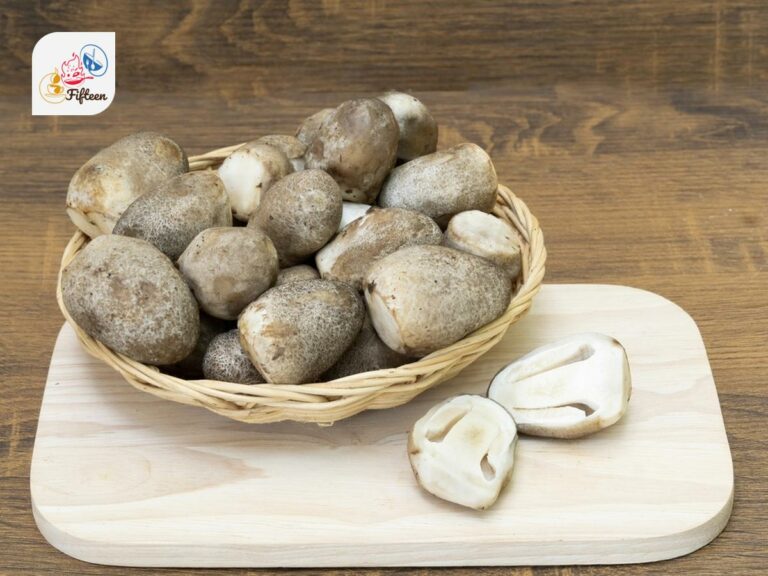
Mushroom
Mushrooms are a diverse group of fungi, some of which, like the common button mushroom or straw mushroom, can appear grayish, especially when cooked.
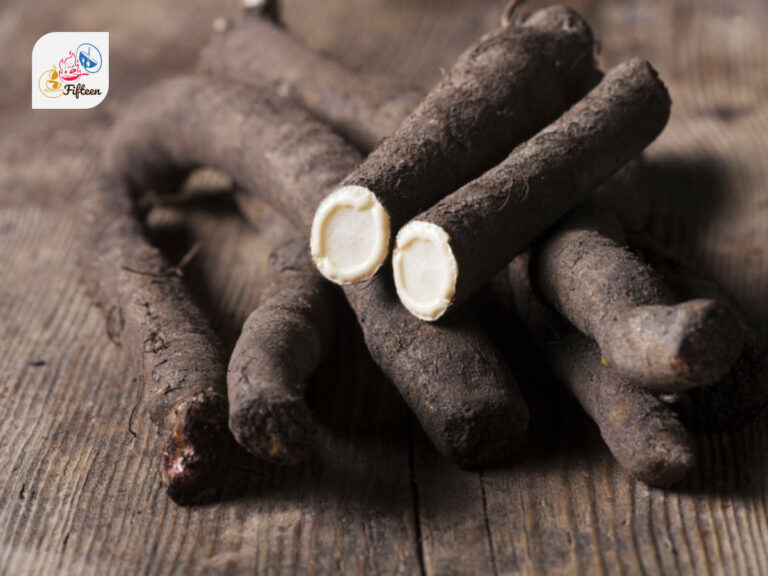
Salsify
Salsify is a root vegetable often described as having a grayish skin, with a creamy white flesh that can turn slightly grayish when cooked.
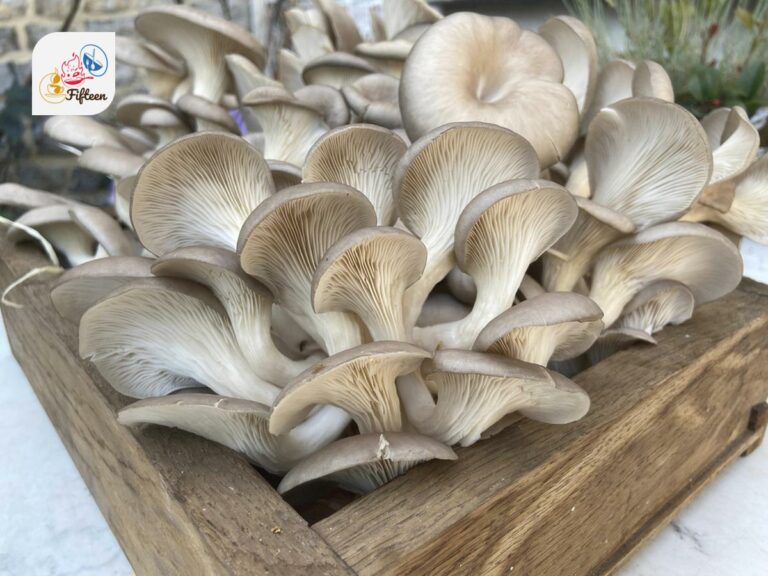
Oyster Mushroom
Oyster mushrooms have a subtle gray tone, especially the varieties that aren’t stark white or brown, offering some dishes a delicate, slightly gray appearance.
Remember, this is just a small peek into the world of gray veggies – there are plenty more to discover.
Gray fruits are not just cool to look at; they taste great and are good for you. Now, you have new ideas for spicing your snacks or desserts. Some of these fruits are hard to find but worth the effort!
I’d love to hear your thoughts, so please comment below. If you found this helpful, share it with your friends. Thanks a bunch!


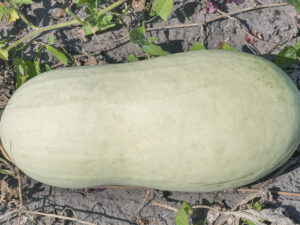
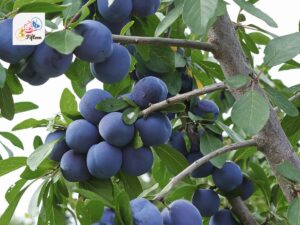
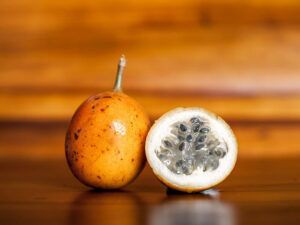
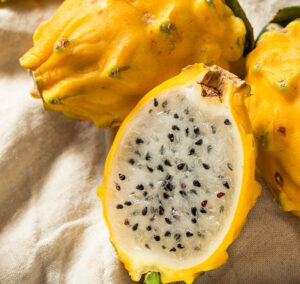
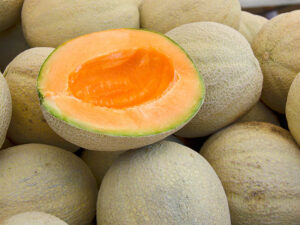
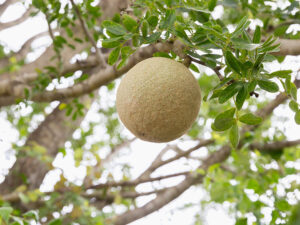
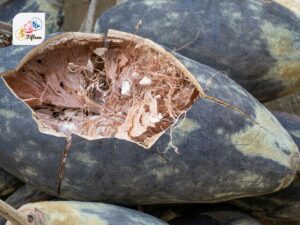
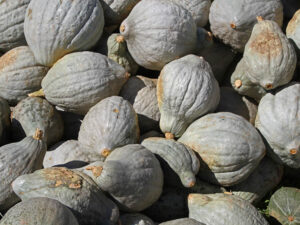
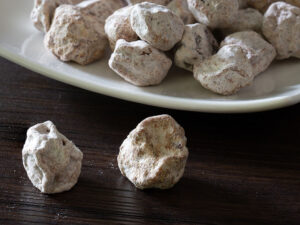
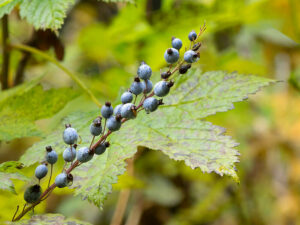
Jamie Scott
Editor in Chief, Senior Content Writer
Expertise
Home Cooking, Meal Planning, Recipe Development, Baking and Pastry, Food Editor, Cooking-video Maker, Western Food Evaluation Expert
Education
Le Cordon Bleu College of Culinary Arts
Local Community College, New York, NY
Jamie Scott is a skilled culinary expert and content creator specializing in Western cuisine. With over 15 years in the culinary field and formal training from Le Cordon Bleu, Paris, Jamie deeply understands how to blend nutrition with delicious flavors. His passion for cooking matches his commitment to making healthy eating accessible and enjoyable.
On Fifteen.net, Jamie brings a fresh perspective to classic dishes and beverages, offering readers insightful recipes, cooking tips, and a fresh view on meal planning that emphasizes taste, health, and simplicity.